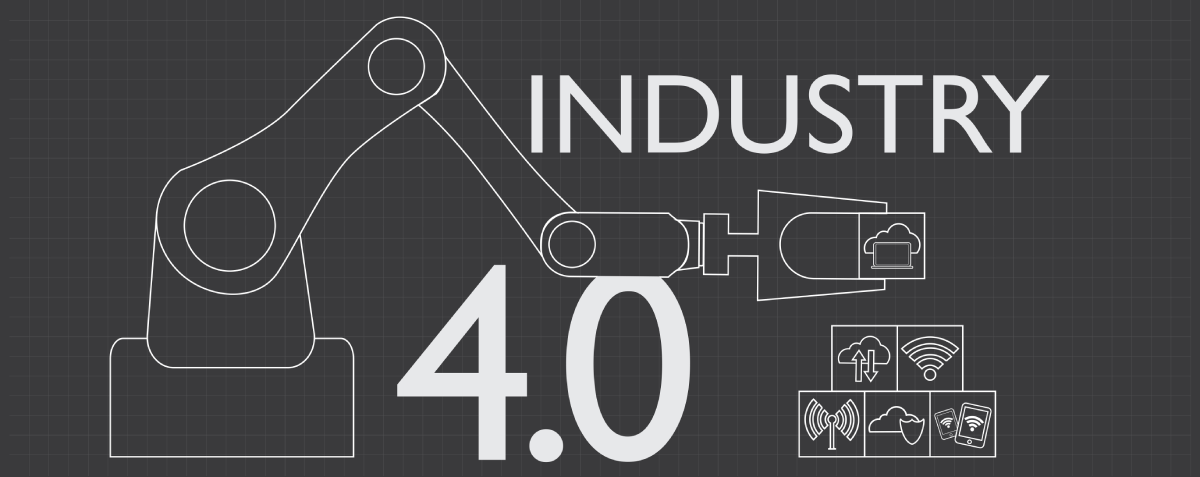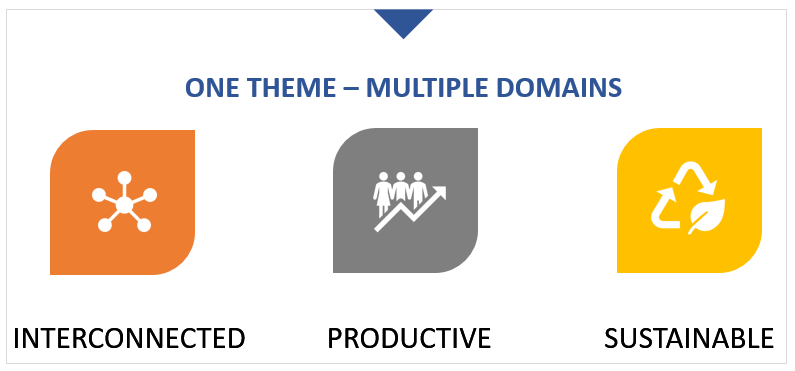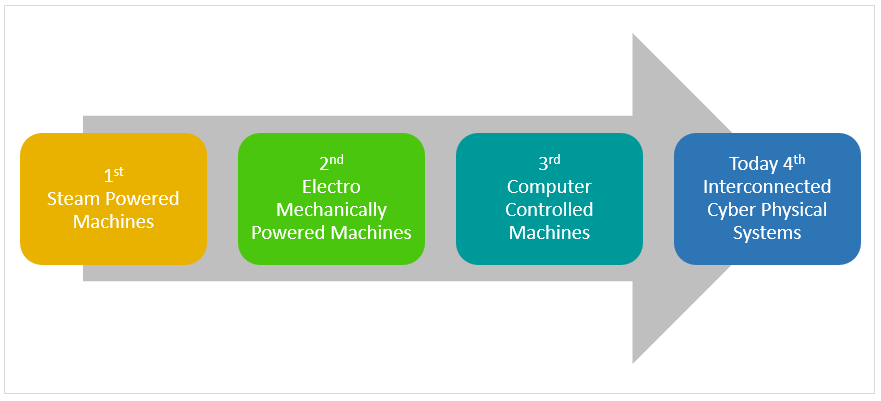
In the technology space, in recent times, one of the most common terms that we come across is IoT (Internet of Things), apart from Artificial Intelligence (AI), Machine Learning (ML), and the Cloud. We also see that such terms remain buzzwords with exaggerated or understated significance. This blog attempts to demystify some of these related buzzwords and arrive at more applicable perceptions and methodologies that can deliver value to businesses across domains.

According to the International Organization of Standards (ISO)/ International Electrotechnical Commission (IEC) definition, IoT is “an infrastructure of interconnected entities, people, systems and information resources together with services which process and react to information from the physical world and the virtual world.”
Putting it in Perspective
IoT can be perceived as using technology to make the world more interconnected, productive, and sustainable. Deploying infrastructure to gather or react to circumstances either in a unidirectional or bidirectional manner can be facilitated through IoT. This could be for personal use, such as a person or group of people (e.g., wearable health gadgets) or equipment or process used for business or a larger good. When the connected infrastructure is used for personal use, it is commonly termed “consumer” IoT.
Interrelated Terms
Along with IoT, a few more commonly emerging terms are -
- i4.0
- Digital Twins, and
- Edge Computing
Industry 4.0 or i4.0 was a term initially coined by Germany, possibly to ascertain leadership in the space or attract the attention of the masses to the fact that we are heading into revolution, a digital revolution. Notably, the previous 3 revolutions being, 1st – steam-powered machines, 2nd – electro-mechanically powered machines, and 3rd – computer-controlled machines.
The 4th industrial revolution or industrial transformation or the digital revolution is primarily powered through IoT, which makes affordable high computing power and high-speed connectivity accessible; that helps run complex data processing tasks quickly and potentially connect anything anywhere in the world.

Decision Making at the Edge
Edge Computing is about acquiring, communicating, storing, and processing data directly at the endpoint. The endpoint could be a small gadget, a machine’s controller or an aggregation device connecting various enterprise systems. Edge computing takes prominence when the response time is critical, like in autonomous vehicles or quality inspection in continuous production lines. Also, sometimes due to privacy or information security reasons, it may be required to not send data beyond certain boundaries; hence storing or processing data locally is required. Edge computing can help reduce - bandwidth costs, security and privacy risks or latencies while facilitating distributed computing.
The power of advanced computing and internet connectivity makes it possible to -
- Gather data at faster rates,
- Store/ retrieve significant amounts of data quickly,
- Build digital models/ twins of physical systems,
- Simulate various scenarios,
- Forecast outcomes proactively and
- Take necessary decisions as preventive or corrective actions
Infinite Applicability
IoT or contextually Industrial IoT (IIoT) covers multiple application verticals; for instance, it can facilitate rapid drug discovery in the Life Sciences sector or ensure optimal operations in the Manufacturing industry or detect security breaches and take timely protective actions in the Cloud. It is worth acknowledging that IoT is an interdisciplinary field, where one should be willing to explore areas not directly within one’s line of education nor expertise, which makes it challenging as well as exciting.
Roles and Goals
In an evolving artificially intelligent era, the philosophy of an IoT product or solution should ideally be “what service can I (the product or solution) be to the end-user?” The technologist’s responsibility is to empower it (the product or solution) with the required infrastructure to deliver its services effectively.
Stay tuned for more on this. I will be writing on these inter-related technologies in a little detail, touching upon various information resources, a few methodologies, use cases and some hypotheses.
About The Author
Arvind Maram is a passionate engineer with around 20 years of experience in new product development and value engineering services. He has worked with large and MSME customers across geographies like Australia, Canada, China, India, and the USA. He has considerable experience with Industrial IoT systems, from architecting to deployment and maintenance. His primary interests are building competitive solutions with technologies related to IIoT and Edge Computing



